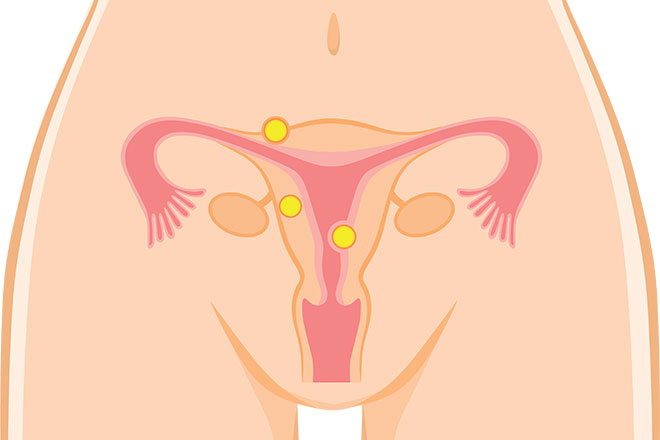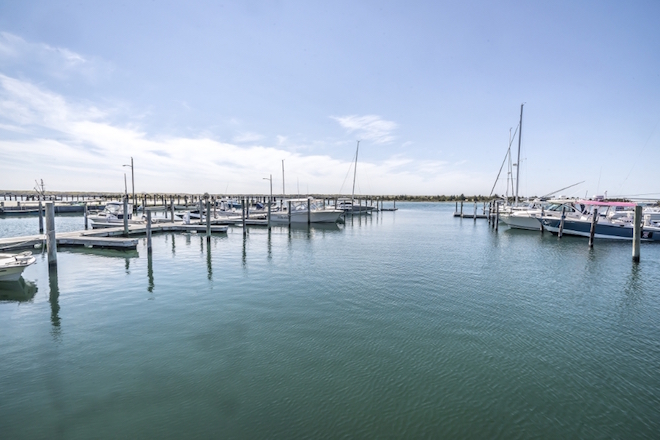
Not many people understand that uterine fibroids, although small, can cause big problems. If you didn’t know, fibroids are tumor-like growths that can grow in your uterus. Some fibroids are as tiny as an apple seed and other fibroids can grow to be as large as a grapefruit. As you can imagine, fibroids that large cause extreme symptoms.
But how exactly do you know if you have a uterine fibroid? Read on to learn more about this noncancerous growth.
What Are the Symptoms?
Uterine fibroids don’t always cause symptoms, but when they do, symptoms include:
• Going to the bathroom more frequently, yet feeling like your bladder is still full
• Heavier than usual menstrual bleeding
• Pain during sex
• Pain or pressure in the pelvis
• Periods that last longer than a week
• Spotting or bleeding between periods
• Unexplained backache and/or leg pains
• Unexplained constipation
If you have these symptoms, visit your gynecologist. Your doctor might be able to actually feel the fibroid or see a possible fibroid by using ultrasound technology or x-rays.
What Are the Risk Factors?
Uterine fibroids aren’t the result of anything you did or didn’t do. However, one risk factor can’t be avoided — being a woman of reproductive age. Other risk factors include:
• Family history: If any immediate family members or relatives had uterine fibroids, you’re at greater risk
• Race: African American women are at greater risk for uterine fibroids
• Diet: Eating a diet that’s high in red meat and low in veggies and fruits can bring greater risk
How Can I Treat It?
If the fibroid isn’t causing any problems, you might not need treatment. However, uterine fibroids can increase the risk of pregnancy complications and it can also lead to excess bleeding which will cause you to become anemic — so be sure to get check at the very least. If your uterine fibroids are causing difficulty, a doctor will recommend the right treatment which ranges from medication to surgery.
xx, The FabFitFun Team





